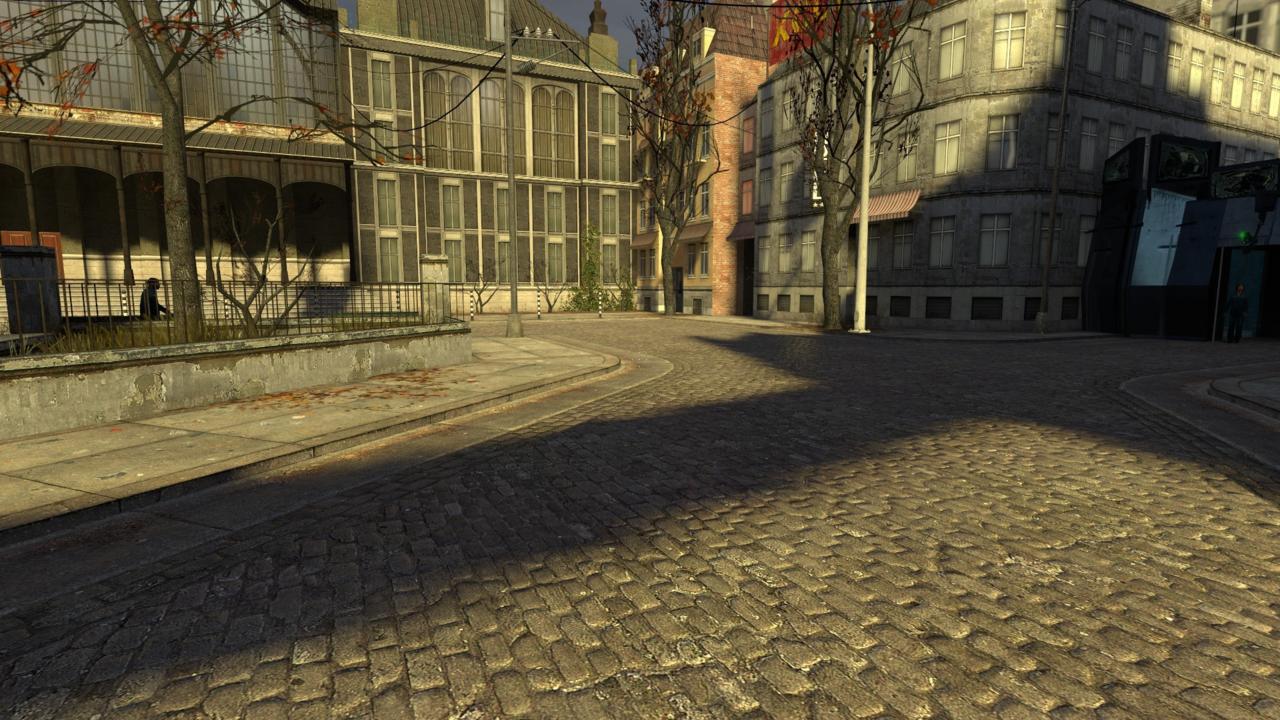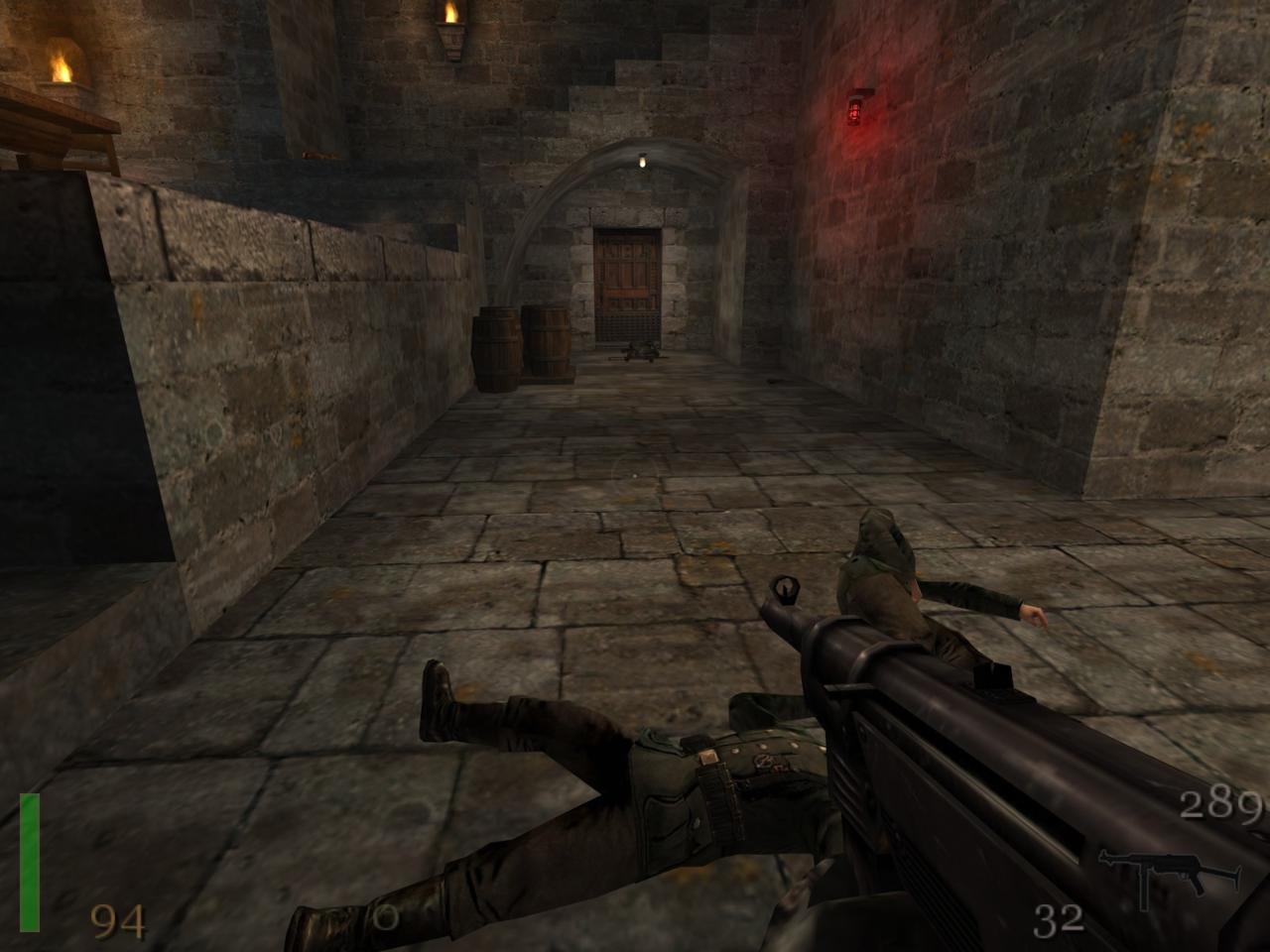With our GameTech video series, we breakdown the tech that drives the game's we love. And we've done a few quick PC graphics settings explainers, but here in text form, you can read about what we discuss and interact with screenshots to see the difference with these visual effects. Let's cover anisotropic filtering, and more broadly, what texture filtering does for your games.
Anisotropic filtering is commonly abbreviated as "AF" in game menus. It’s one of the settings we'd recommend you prioritize cranking up, but this one’s a little tricky to dissect, so here’s an example. Look at the following side-by-side comparison of the Prague hub-area in Deus Ex: Mankind Divided and pay close attention to the ground.
As you move the slider to the left, you see the game without any degree of AF enabled. Notice how farther down the cobbled street, the textures get blurrier and blurrier. Now swipe the the right, we have AF cranked up to 16x, the cobbled stones around you and in the distance look much clearer.
Now let’s switch over to a comparison between 8x AF and 16x AF in Half-Life 2. The two settings are quite similar and the difference is very subtle, but it's more pronounced the farther the distance of the texture or sharper your viewing angle. In many cases, the performance difference between 8x and 16x is negligible, so you won’t really lose anything by getting a little more detail in those far off textures.
The effect of texture filtering is more apparent when the character physically moves forward in the game world. Without AF, you can see distinct lines or zones move where surface details are essentially cut off. The transition in quality of surface textures as you're in motion can be jarring. Check out the video up top for an example of this phenomenon.
Generally, anisotropic filtering can noticeably affect framerate and it takes up video memory from your video card, though the impact will vary from one computer to another.
So, what’s happening here? When the in-game camera views textures from an oblique angle, they tend to become distorted without anisotropic filtering. And the farther the distance or sharper the viewing angle, the fuzzier the texture will look. This helps lighten the workload on the GPU since less detail needs to be drawn on a game’s surfaces, and it’s a sort of compromise for details that aren’t necessarily at the player’s focus.
Older PC games sometimes only offer either bilinear or trilinear filtering, which essentially aims to accomplish the same goal, just to a lesser degree. Here’s an example from the classic first-person shooter Return to Castle Wolfenstein.
Bilinear filtering doesn’t look great, and the distance before surfaces start to look distorted is quite short. Trilinear filtering extends this distance, but surface blurriness is still apparent. The difference is more noticeable when the game is in motion. A quick tip for games that don’t have anisotropic filtering options in the menus: pull up your graphics card’s control panel, and enable it manually to force games to use the setting.
To summarize, anisotropic filtering gives clarity to distant surface textures that are seen at an angle. The best way to see the effect of anisotropic filtering is to turn off the settings, look at the ground a few meters ahead, then compare it to the clarity of the ground close to you. As you look farther away, the surfaces become blurrier. The effect is more pronounced when the in-game camera is in motion. Then turn anisotropic filtering on, the far-off surfaces become much more detailed.
We kept this one short and sweet, but like anything in computer graphics, texture filtering is complex. Feel free to get in the comments to continue the discussion. If you want more on PC graphics, watch our other videos on antialiasing or refresh rate, keep an eye out for the next in-depth written version of graphics settings explained, or flip through our gallery for abridged explanations.






